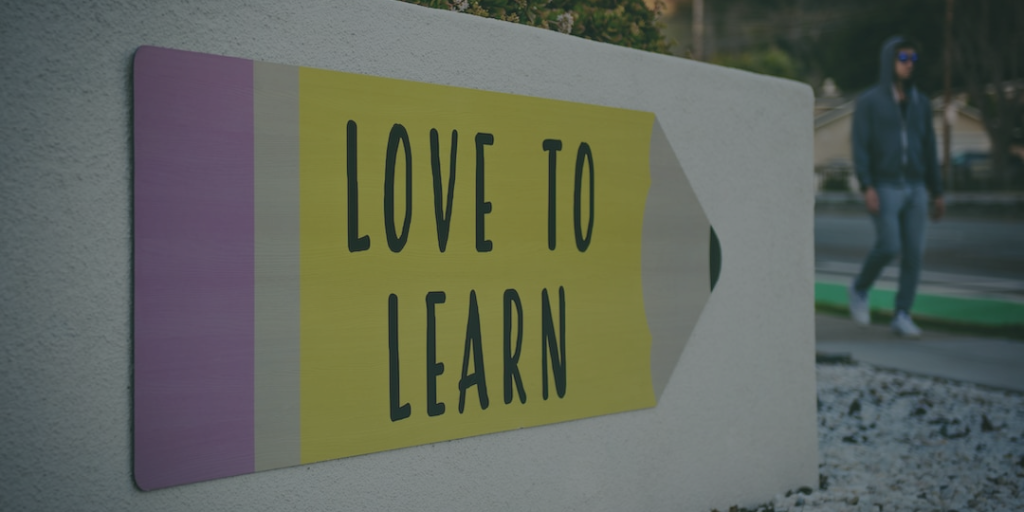Our Painful Experience
A few months ago, we were offered an opportunity to provide professional development for leaders in a manufacturing company. Because the relationship was developed mid-pandemic, our only option was to deliver the training through a conferencing platform that had a significant limitation—participants were unable to turn on their video cameras for fear of crashing their system. We were concerned about how that restriction would impact the dynamic, but we created numerous opportunities for interaction via polls, chats, whiteboard activities, and verbal responses. After the first session, we stayed online to review the real-time feedback we collected and, while our client contacts were excited about the results, we felt like we left something on the table, which resulted in a lengthy follow-up call on our side trying to dissect what we could do better next time. Month after month, we went through the same routine. Deliver training, review feedback with happy client contacts, and have internal conversations immediately afterward about our growing frustration that we just weren’t delivering to our satisfaction. It was on one of those calls that Becky said, “Maybe the issue is that we’ve created a great training environment, but not a great learning environment,” and that is the heart of today’s content.
Training Versus Learning
While training and learning are linked, in our experience, there are several distinctions between those concepts. Training involves giving information; learning involves absorbing that information. Training primarily targets a single application of a skill; learning seeks broad application of a concept. Training is centered on the organization’s needs; learning is about an individual’s development. To use a simple analogy, training is the appetizer you order for the whole table, while learning is the main course that each individual orders and both are important to our culinary experience. Which begs the question, how do we get the most out of our entire “dining” experience? Here are three approaches that work for us.
- Know the Goal. Before embarking on any training/learning experience, analyze what participants need to walk away capable of doing. If they just need to be aware of the information or apply it in a single context, then traditional training methods that feature large groups and limited interaction are a great approach. Suppose participants need to explore the information in more profound ways or broader contexts. In that case, it’s likely a good idea to switch the approach to smaller groups and mine for deep interaction with participants. We believe video conferencing tools can be used for both approaches if participants can have the video turned on. For small groups, that feature is critical because it encourages deep interaction, and in large groups, it offers the accountability we all need to avoid multi-tasking.
- Reframe the Content. While we believe there are natural limitations around the amount of content individuals can intake in a single setting, most people can handle larger volumes of training content than learning content. For instance, we are often asked to train on cross-generational communication to large groups, usually a 2-hour session during which we present the history and values of 4 unique generations. Because we only need participants to walk away making a commitment to stop judging their older or younger peers by their own values, we can afford to drive the session with high-speed content and stories from our own experiences. However, suppose we want participants to take that high-level understanding of generational differences and begin a deep application with specific peer sets. In that case, we must pump the brakes, let them share their stories, unpack the specific values expressions they’ve encountered, and focus on how they can repair and extend relationships with their peers.
- Request the Ideal Environment. When an organization is willing to commit its human, time, and financial resources to training/learning experiences, it’s critical that it’s done well. We feel that pressure, and we know internal trainers/learning facilitators do too. That’s why it’s crucial to understand the goals of the experience and then ensure you’ll have the ideal environment to achieve those goals. For us, that ideal environment often revolves around two factors: venue and time. While we’ve fully embraced video conferencing platforms in our training and coaching, we recognize that the venue has limitations. We still request face-to-face meetings when we believe the learning goals demand a high-trust environment in which people will share their experiences with transparency and vulnerability. Regarding time, we’ve discovered that training sessions are best capped at 2 ½ hours, while learning sessions should be 60-90 minutes. While it may seem somewhat counter-intuitive that general overviews can be longer than a deep dive on a single concept, we’ve found that learning requires a higher expenditure of mental and emotional energy, so participants tire more quickly.
—–
Reflection: Think about the last training/learning initiative you led. Did you know the goal? Did you reframe the content? Did you request the ideal environment? What will you need to focus on to improve the training/learning experience next time?


















